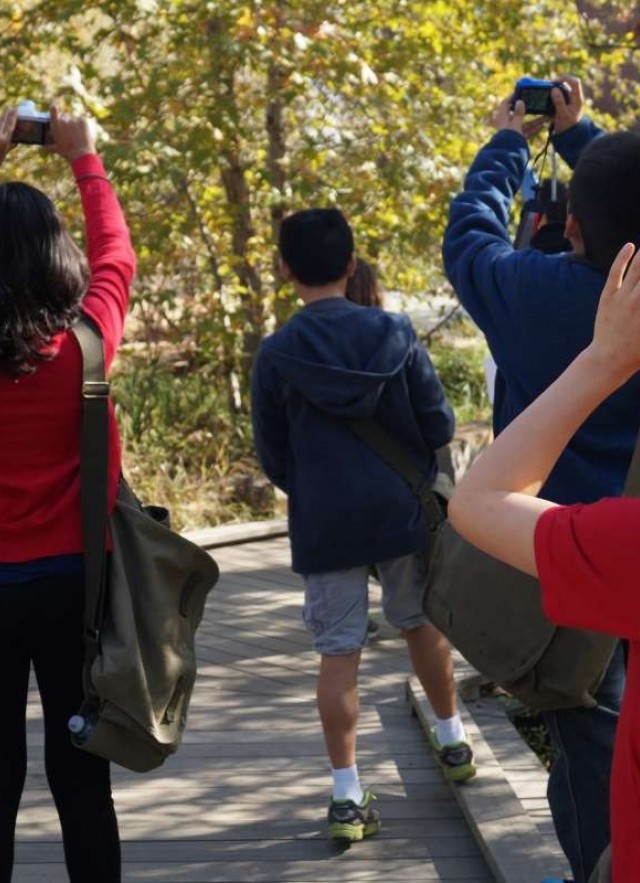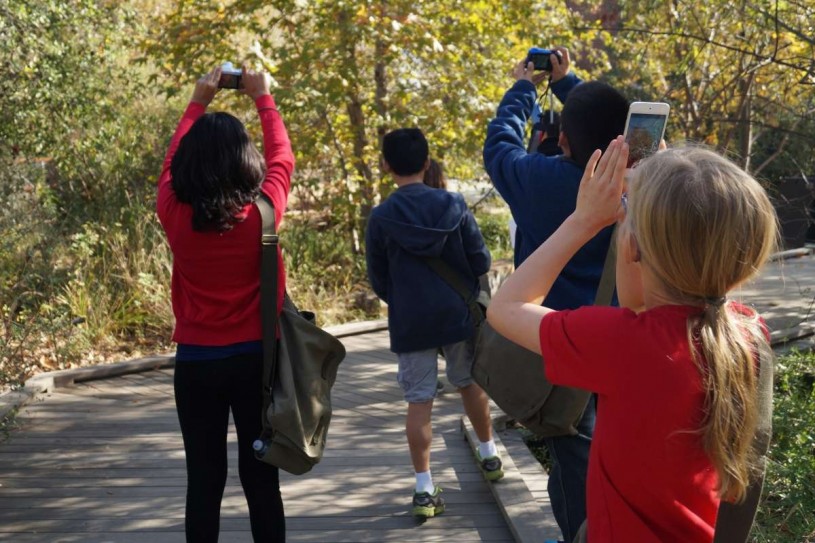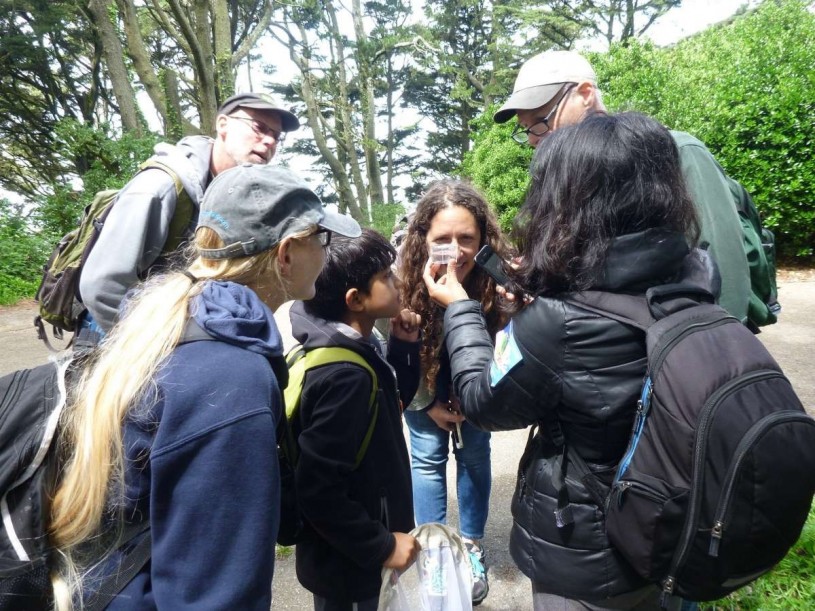City Nature Challenge: L.A. vs. S.F.
Museums are asking residents of and visitors to the San Francisco Bay Area and Los Angeles County to explore nature all around them and document the species they find.


The Dodgers or the Giants? The Hollywood sign or the Golden Gate Bridge? Palm trees or redwood trees? The City of Angels or the City by the Bay? Where will your allegiance lie on the first ever National Citizen Science Day? Centered around National Citizen Science Day and Earth Day, two of California’s leading natural history museums are asking residents of and visitors to the San Francisco Bay Area and Los Angeles County to explore nature all around them and document the species they find.
Friendly Foes with Much in Common
Despite—or possibly because of—being in the same state, Los Angeles and San Francisco have a long-standing rivalry. You can find an almost infinite number of debates on which city is better. However, even with all of our differences, these two California cities have a lot in common. We share life next to the Pacific Ocean and the complications of living with the infamous San Andreas Fault. We are the two most-populated urban centers in our state, with 10 million people in Los Angeles County and 7.1 million people in the nine San Francisco Bay Area counties, and on the whole we each have a very environmentally-minded populace.
California: Living in a Biodiversity Hotspot
Maybe our most important similarity—S.F. and L.A. both sit in a global biodiversity hotspot, the California Floristic Province. On par with places like the island of Madagascar and the Tropical Andes, biodiversity hotspots are, according to the Critical Ecosystem Partnership, the richest and most threatened reservoirs of plant and animal life on Earth. Unfortunately, our state’s spectacular biodiversity is threatened: at least 75% of the original habitat has already been lost. But through community science—in which members of the general public participate in scientific research—we can help make a difference. Quite often, community scientists provide scientists with data by taking measurements or digital photos of plants and animals that people see in their neighborhoods. By having Californians submit pictures, scientists can develop a new baseline of California’s nature and track how change is happening. The collected data can be used to improve our cities and to make them work better for humans and for wildlife. Scientists can not do this alone—California is too big, with too much private property. Community science is the best way to gain a better understanding of California’s current wildlife population in urban, suburban, and rural areas.

Luckily one of the other things Los Angeles and San Francisco have in common are our stellar natural history museums! Both the California Academy of Sciences (CAS) in San Francisco and the Natural History Museum of Los Angeles County NHM) have been engaging the public in community science for decades. Angelenos and San Franciscans have been documenting and sharing the nature they find everywhere—in backyards, in schoolyards, in parks, even growing in the cracks of the sidewalk—to help build a comprehensive current picture of nature in California. And (also luckily), our community science teams at the Academy and at NHM have been collaborating for years (Lila from NHM and Alison from CAS were co-chairs of the inaugural Citizen Science Association conference in 2015). Oh and did we mention we are good friends? So when we heard about National Citizen Science Day, our brains started turning—why not jump on this chance to have a friendly rivalry between our two cities and start a competition to further the study of California biodiversity? This is how the City Nature Challenge was born!
The First Ever L.A. vs. S.F. Community Science Throwdown
So what is this community science throwdown all about? Our museums are spearheading the effort to document as many species as possible using the free iNaturalist community science tool. It all starts at noon on Thursday, April 14, and runs through noon on Thursday, April 21. Not only will these observations help build up the baseline of California biodiversity, but they will also provide data for our local scientists, land managers, and governments about the areas they study and care for. On Earth Day, Friday, April 22, we’ll compare the stats. Who will come out on top? Which city will have the most species found, the most observations, the most community scientists involved: Los Angeles or San Francisco?

*** If you are going to be in Los Angeles County or the San Francisco Bay Area during this time, we’d love to have you participate in the City Nature Challenge. All you have to do is submit your observations to us. Upload them to iNaturalist, come to one of the local events, or organize your own event. If you are in L.A. you can also send us your observations via e-mail at nature@nhm.org, or tag them on social media with #NatureinLA! In S.F., make sure to upload your observations to iNaturalist but also feel free to share your photos and experiences on social media using #NatureInTheBay. If you’re not going to be in L.A. or S.F., you can still help by providing identifications on the organisms people are uploading photos of, or just following along to see what’s being found!
San Francisco Bay Area: http://www.inaturalist.org/projects/city-nature-challenge-s-f-vs-l-a
Los Angeles County: http://www.inaturalist.org/projects/city-nature-challenge-l-a-vs-s-f